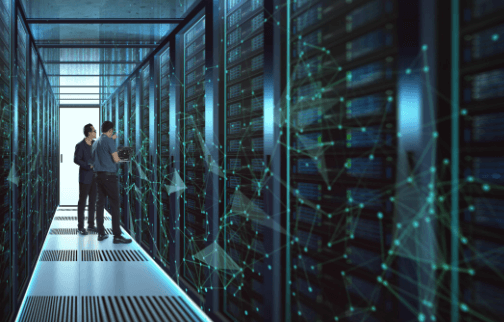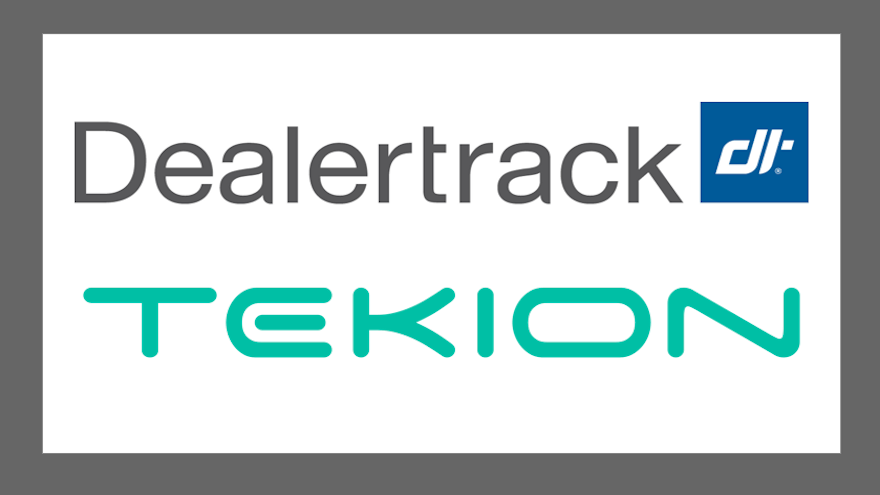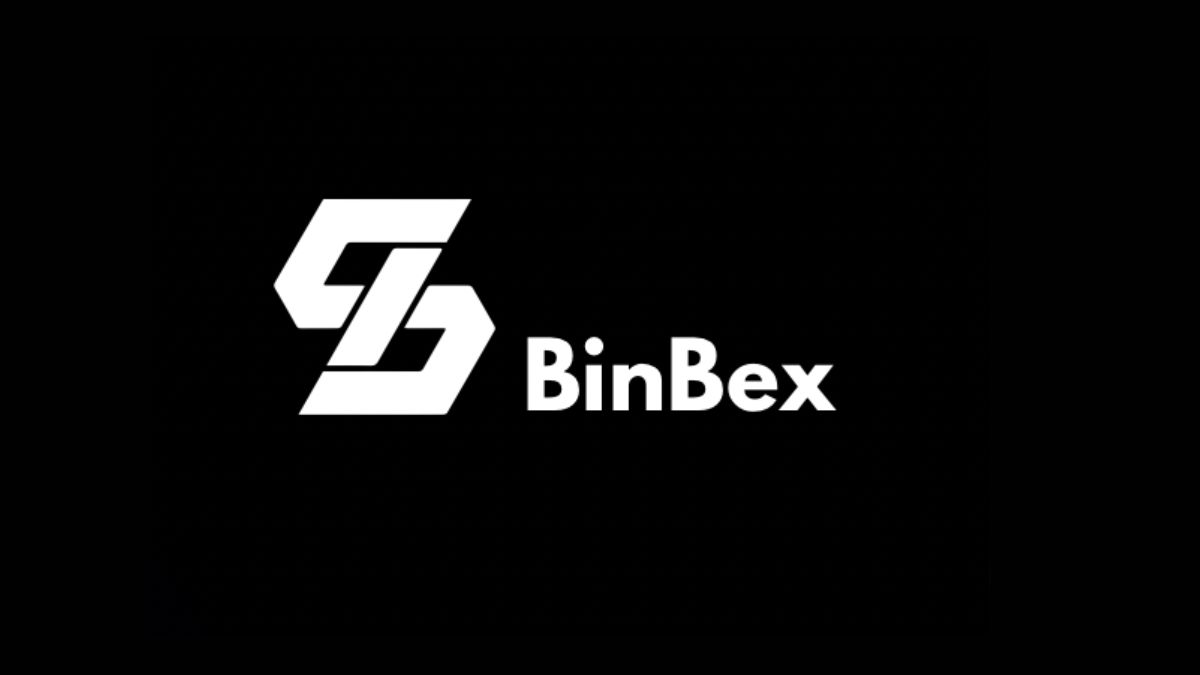A Comprehensive Guide to Different Types of Data Centers

Data centers house the information that drives the operations of companies. Efficient data center management focuses on improving efficiency, measured by the work done versus the energy used.
Data centers need effective backup options to protect equipment and reduce downtime. This includes a centralized uninterruptible power supply, backup generators, fire suppression systems, and ventilation and cooling equipment.
On-site
There are many types of data centers in cloud computing. A data center is critical to the day-to-day functioning of a modern business. It allows companies to maintain an online presence, improve the efficiency of operations, run applications, and manage data. Data centers are equipped with servers and networking hardware that store data for immediate access by local network users. These systems can be located on-site or offsite and are managed by trained IT professionals.
There are many benefits to using an in-house data center, including complete control of the hardware and the ability to expand as needs arise quickly. However, implementing and maintaining an in-house data center is typically more expensive than other options. The equipment requires regular maintenance, which can require specialized IT expertise. Additionally, on-site data centers are vulnerable to power outages or other disasters.
An on-site data center can also be a target for hackers, so security is a significant concern. Luckily, various levels of security are available to protect your data center from potential threats. These can include physical barriers like fencing, bollards, and mantraps, as well as security software like firewalls, antivirus, and intrusion detection. For more advanced protection, a dedicated IT team can implement security measures such as continuous monitoring of the data center with remote hands and real-time monitoring of your network infrastructure. A wholesale data center is similar to a retail colocation provider but offers space without additional services or support.
Offsite
While some experts have speculated that cloud-based alternatives will replace data centers, they still offer a valuable service for businesses with mission-critical applications that require maximum uptime and security. Data centers are the facilities that provide computing power, storage capabilities, and networking to build, run and deliver applications and their associated data.
The physical location of a data center can range from a single room on-premises to an entire building. Whether the facility is on-premises or offsite, it must be secure with access restrictions and have sufficient floor space to support the IT infrastructure. On-premises data centers are typically built and owned by the enterprise that uses them.
Generally, offsite data centers are managed by the service provider that houses your IT equipment and infrastructure. The provider provides the space, cooling mechanisms, and power supply to accommodate the hardware. This enables your organization to save on upfront capital investment and avoid spending thousands of dollars on utilities, IT staffing, and hardware.
Offsite data centers also give you a cost-effective way to store your files without losing them in a power outage or other disaster. In the case of a power outage, most offsite data centers have backup generators to keep the network up and running. They’re also usually accessible via a local network, so your team can continue working even if the internet is down.
Colocation
A colocation data center — a colo — is a facility where businesses rent space for their servers and other hardware. A colo offers cooling, power, bandwidth, and physical security. The client business provides the servers and other equipment.
A colo can help companies cut their capital expenditures (CapEx) by sharing infrastructure costs with other tenants, and it helps them lower operational expenses (OpEx) by reducing energy use. It’s a great way to build disaster recovery (DR) into your network by providing a warm site for critical workloads.
These facilities are usually located in areas with high fiber counts and low latency, making them ideal for cloud platforms, hybrid and multi-cloud architectures. They also provide various connectivity options, allowing enterprises to choose their preferred Internet service providers.
Some data centers are carrier-neutral, enabling their clients to connect to multiple networks and services simultaneously. This helps companies reduce network latency and optimize performance. For example, unified communications-as-a-service provider Plivo uses various data centers worldwide to ensure lower latency for voice-over-internet calls. This strategy is an alternative to building and managing a data center on-site. However, it can still be a costly option that requires substantial upfront capital. It’s important to compare prices and contracts carefully. Data centers typically carry long-term agreements that can constrain re-negotiation.
Cloud
Unlike on-site data centers that the organization completely controls, cloud data centers shift some or all of the infrastructure stack to a service provider. Depending on the model selected, the provider is responsible for maintaining, updating, and meeting service-level agreements for their part of the infrastructure. This model allows organizations to scale their data center resources quickly and easily without the initial investment of purchasing and installing additional hardware on-site.
A cloud data center is ideal for businesses that want to reduce their IT infrastructure costs and free up valuable space in their facilities. This type of data center is also perfect for companies that need to access their information remotely and securely. The cloud offers a cost-effective alternative to traditional on-prem data centers, which can be costly regarding hardware purchases, ongoing maintenance, and network security updates.
A managed data center is a private facility designed to support a single company’s IT infrastructure. This type of data center is typically situated on-premises or offsite based on the customer’s convenience. These data centers are typically smaller than enterprise facilities and can be a good option for medium-sized businesses. Managed data centers can help companies to cut their IT expenses by reducing the need to pay for equipment upgrades, maintaining system-level software and operating systems, and providing disaster recovery services. They can also save businesses money by eliminating the need for a redundant power supply and cooling systems.






























